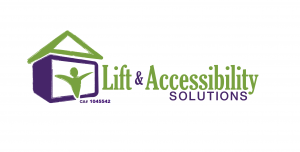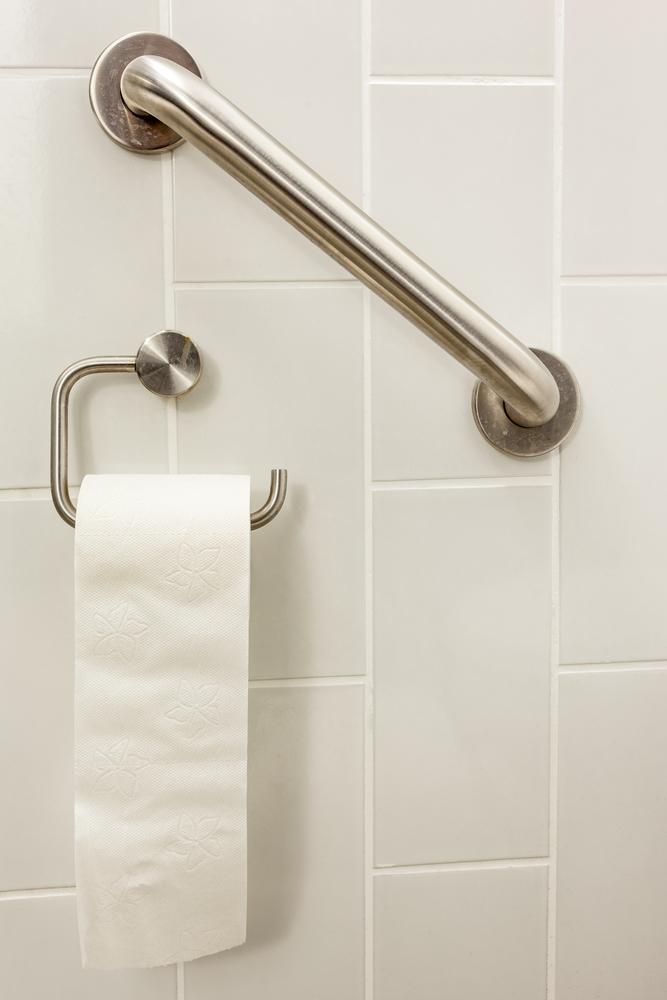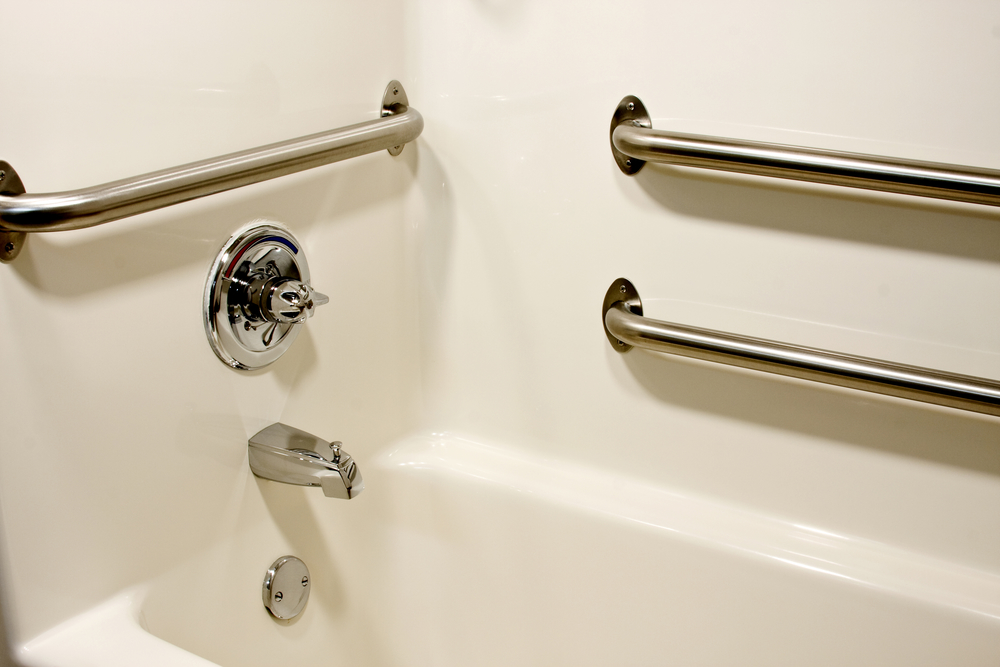25 Mar 2017
Accessibility Makes a House a Home
Architects have long debated how important a building’s design is. Some have come to the conclusion that the appearance of a building is just as important as its purpose, or perhaps even more so. Others hold the opinion that form must follow function- a drafty and leaky building will fail to adequately protect its occupants, regardless of its visual beauty. A related principle stands out either way: if the intended occupants of the building can’t access it easily, then the building has clearly outlived its usefulness. This is as true for individual houses as for grand civic structures.
All buildings are a means to an end- that of shelter from the elements- but there’s something special about a home. Most of us spend the majority of our time in our homes, and frankly, we’d rather be there than in the office, because home is where the heart is. It’s where family is, and where many of our best memories are made. It’s a place that we want to associate with rest and enjoyment.
Of course, we don’t remain the same during our entire lives. People grow and change, and adapt to new circumstances. Often our homes start to represent something different in the context of those changes. Buildings don’t simply adjust themselves in the way their occupants need. Many buildings that were once of great use to thousands of people are for this reason abandoned to the elements, but who wants such a fate for their beloved home? Anyone who has invested so much time and effort in the beautification of their home would hardly feel satisfied with such an end, even if the staircase has lately become more of a burden than a help.
Fortunately, human ingenuity has now made it easier than ever before to adapt a home to the changing requirements of life. Technologies like motorized chair lifts can bypass the steps of any staircase, regardless of shape. That key feature of a multistory home no longer need imply the wearing down of its user’s knees, or demanding the assistance of another resident. A more attractive but more design-intensive technology like a home elevator can accomplish the same useful purpose of improved accessibility, while adding a customized touch of architectural sophistication. Above all, they provide a home’s occupants with that cherished feeling of independence. Having outdoor steps turned into a ramp, installing swing away doors, widening doorways, lowering thresholds, and installing grab bars are also important and simple ways to adapt the home.
Our houses are, as one architect put it, “machines for living.” They should serve us, rather than wear us out. Even so, we feel attached to them, and we want them to be places where we can be happy and comfortable for many years. A proud and independent homeowner would therefore do well to consider the value of these adaptations that can help a house remain a home.
10 Dec 2016
How To: Proper Grab Bar Installation
If you’re looking for a way to make your bathroom safer for yourself or a loved one, a shower grab bar may be just what you need. This bar can be affixed to your shower wall in order to prevent slips and falls, providing an extra level of security when taking that first step onto a wet surface. If you are unsure about how to properly install a grab bar, however, don’t let this hold you back – this article will describe the process and help you make sure it goes as smoothly as possible.
1. Anchor your grab bar to studs.
In order to make sure that the grab bar is correctly affixed, you’ll need to start out by looking for studs, which are vertical framing members found in typical wood-framed walls. Using a stud sensor, mark the location of each stud lightly with a pencil, then probe gently with a nail to find where the edges are and mark those as well. If you have a tile shower, you’ll need to do this above the edge of the tile. Using a level, extend these marks down to where you will be positioning the grab bar, and place masking tape along the sides to indicate this.
Hold the bar that you will be installing over the masking tape and mark the places you will be drilling holes; you’ll probably need three screw holes for each mounting flange, though only two of them will most likely fit on the stud. Then, you’re ready to drill using a ⅛ in. glass-and-tile bit, starting with the mark at the center of the stud. If your drill goes through solid wood, you’ll know you’re on the right track and can keep going.
2. Fasten the grab bar.
You are now ready to proceed with actually installing the bar! A plastic anchor can make up for the screw hole that does not fit on the stud. Then, caulk each mounting flange for extra security when drilling. Finally, firmly fasten the grab bar into the holes you drilled previously with stainless steel screws.
3. Test it out.
Before you’re ready to call it a day, make sure to pull on the grab bar and check that it is secure. Don’t hold back, as you’ll want to make sure that the bar will stay in the wall even with the strongest pressure exerted on it (for example, from someone falling). If it holds up, you can congratulate yourself on a job well done!
As people age, they may start to need assistance in getting around in everyday life. There are many ways to ensure these individuals have the help they need and can move about on their own with dignity. Particularly if you are caring for an aging parent in your home, it is wise to consider installing grab bars in trouble areas. A few trouble areas to consider are mainly the bathtub, toilet, shower areas, as well as bedsides. The reasons and benefits of why you should install grab bars are pretty straightforward and obvious: safety, safety, safety. Here are a few different types of grab bars and their benefits to you or your family member in need.
A Vertical Pull Grab Bar
This particular grab bar is great for multiple locations, including bedroom, bathroom, and living room. It usually comes as an adjustable length bar and often has a curved grab bar attached at a perpendicular angle. This curved grab bar is either fixed or is adjustable as well to suit varying heights of users. This bar is great for helping people to pull themselves up from a seated position. Additionally, this bar is great if you live in an apartment which won’t allow you install permanent fixtures. The vertical grab bar usually features rubber stoppers on both ends. When you adjust it to the proper height to fit the space, it should fit snugly and securely against floor and ceiling.
A Horizontal Grab Bar
This is probably the most common type of grab bar which people choose to install to assist limited-mobility family members. They can easily be installed just about anywhere they are needed. A horizontal grab bar provides a stable spot for someone to reach for. Never install a grab bar at an angle. This is especially true if you are installing the bar in a wet environment, like the bathtub or shower. “Slippery when wet” comes to mind; if the bar is at an angle and is wet, the likelihood someone will slip increases dramatically. Their hand is much more likely to slide or slip if the angled bar gets wet. Install the bar either completely horizontally or completely vertically. There are permanent, metal horizontal grab bars which you can install. Also, you might need to consider a temporary suction cup bar. Maintain extra caution with these “temporary” grab bars. The suctions cups don’t always remain suctioned to their surface and can fall! But if you live in an apartment which absolutely refuses to let you install anything permanent, these are better than nothing.
Clamp-on Safety Bar
This type of safety bar is especially good to consider if, again, you live someplace that will not allow you to install a permanent solution. This grab bar features dial down clamps that securely grip the edge of the bathtub. Then an adjustable clamp bar (typically in an upside down U shape) extends vertically to your preferred height to provide a grip. This is a great, non-permanent solution to provide someone a little extra help getting in and out of their bath safely.







